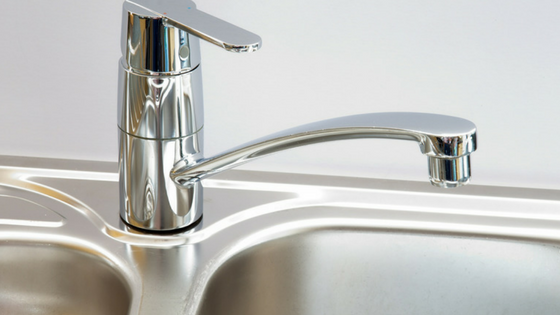Whether it’s a gradual seep, a torturous drip or cascading waterfall, the presence of mysterious water in your unit is sure to ring alarm bells for any resident.
It’s also an unfortunate reality that water leaks can be time consuming, costly issues to deal with, especially as the responsibility for fixing them in a strata community depends on finding the source.
Here’s a quick word to the wise on water leaks…
Find the source
If you have mysterious water in your unit, the first task is to find the source, and that may involve working with other parties like your body corporate manager and other unit owners.
If the leak is within your unit, the responsibility is clearly yours or your landlord’s to rectify, but if it’s coming from an external source then the lines begin to blur. Here’s why…
Whose responsibility?
Generally in strata living the airspace and items within the four boundary walls of your unit are your responsibility.
This means items like the cavities that adjoin the properties above, beneath and each side are common property falling under the responsibility of the body corporate. Common pipes within these spaces may also be in their care, along with membranes between properties. However if the pipe is within your property, it’s your problem.
In some cases your property extends beyond standard boundaries to decks, patios, verandas and courtyards, so it’s critical to know what’s yours and what’s not.
Who to call
If the water is coming from outside your unit, contact your body corporate manager. It may be as simple as the resident above leaving a bath to overflow, but the cause could be more complex, like an identified leak within the building, which needs further investigation.
If the leak is caused by the unit holder above, they may be liable for any damage caused to you, but the body corporate is the best placed authority to start sorting through the issue
A quick tip
On this note as a unit owner it’s critical to be mindful of the plumbing products you use and how well they’re maintained as their effect could extend well beyond your property.
For example, in recent years stainless steel, braided pipes have gained popularity in bathroom and kitchen sinks and basins, as well as for toilet cisterns and dishwashers.
These flexible little numbers make connecting the water supply to taps easier for plumbers, and also make changing taps in the future a more viable proposition than if fixed copper lines are used. However, they can eventually split and leak, often in a sudden and dramatic way with disastrous results.
This is especially problematic if you’re away at the time and no one has access to your unit. The water runs out through the broken pipe continuously, filling the unit and damaging cabinets, flooring, skirting boards and often occupiers belongings as well.
Importantly this has the potential to damage units below.
The thing to remember is that all pipes and especially flexible ones have a service life, and don’t last forever. The quality of the pipe will ultimately determine the service lifespan. Some plumbers recommend changing them as often as every five years to be safe as there are some low-quality flex pipes on the market.
The final word
Unit living is a shared responsibility where your actions, renovations or maintenance has the potential to impact others. That means considering this when installing fixtures, features and items like plumbing, and tending to them on a regular basis. This is not just the responsibility of the body corporate who oversees a building, but each unit owner within it.

